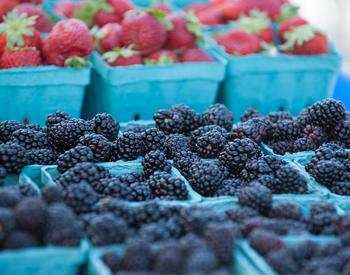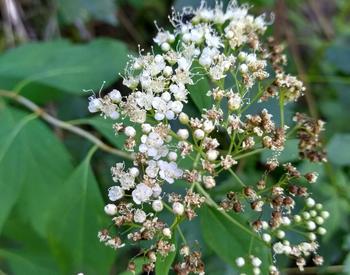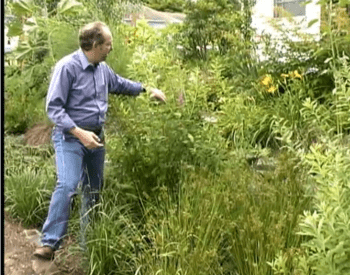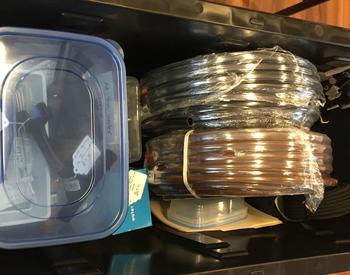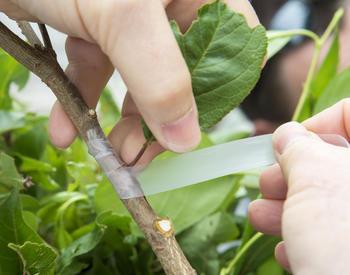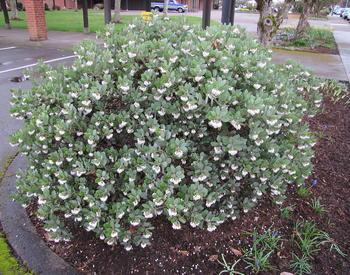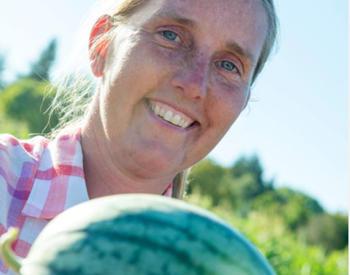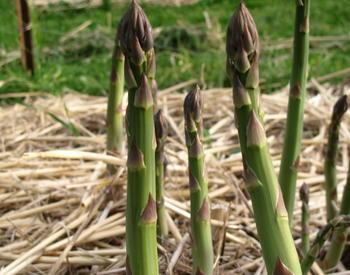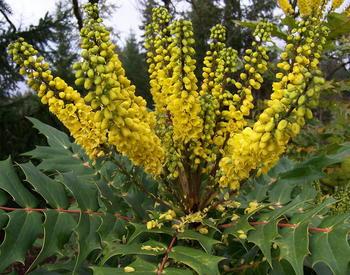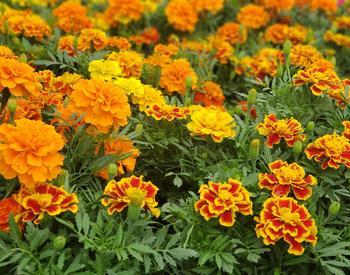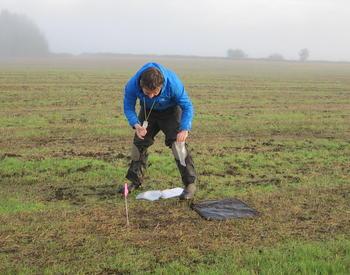Did you know that Klamath Basin growers produce many of the “daughter” strawberry plants that are shipped to California and other states to be grown out for fruit production? The climate in Klamath is conducive to growing healthy plants, though lack of produce distribution and cool springs with minimal pollinator activity contribute to making strawberry fruit production unreliable as a profitable crop.
For home growers, understanding the needs of particular cultivars is possibly the biggest challenge for long-term strawberry production: not all strawberries are cared for the same way.
Strawberries are categorized by their production cycles:
- June-bearing.
- Everbearing.
- Day-neutrals.
These names are a little confusing, since everbearing produce two main crops, and June-bearing are not always ready by June depending on an area's climate.
Free to download, “Growing strawberries in your home garden” (OSU publication EC1307), is especially helpful for home strawberry growers. This comprehensive manual addresses production differences in Oregon’s different regions and explains the timing of the steps needed to keep berry plants productive for multiple years. In-depth information on the following five strategies, and much more, can be found in the full manual.
Choose for your needs
June-bearing strawberries tend to have one large crop in early summer with the majority of berries maturing at once. These are ideal for those who freeze berries or make jam. June-bearing plants produce lots of runners, making them better adapted to a matted row-planting system.
Day-neutral berries, on the other hand, produce smaller numbers of berries at a time, but for a much longer season. These are preferred for having fresh berries on hand for eating frequently and are better suited for containers, as day-neutral berries produce fewer runners. If space allows, both kinds of berries can be grown, to address both scenarios.
Prep the site
Strawberries need light, well-drained soil. They are prone to root rot in heavy (clay) soils and those that stay overly wet. The planting site should have full sun, and the plants should be planted such that it is possible to give them frost protection in late winter and early spring.
Strawberry plants are cold-hardy, but tender new growth in early spring is subject to damage in a cold snap, as are the flowers and pollen.
Since strawberries are a perennial crop, it may be worthwhile to conduct soil testing. Some nutrients and amendments take months to alter the soil and should be addressed early before spring planting.
Fertilize
Strawberries have different fertilizer needs as the plants age. The strawberry growing guide provides details on when to apply fertilizer and how much, and includes examples for how to calculate the correct amounts to apply. Once plants are well established, fertilizer amounts and frequency depend on the berry type.
Understanding the best fertilizer program for your berry type leads to better results. For example, spring fertilizing of established berries may encourage lots of leaves but not larger berries.
Renovate
A cultural practice used to keep plants healthy and vigorous, renovation may include mowing, removing or planting runners, or removing old and damaged leaves — again, dependent on the berry type.
Runners or “daughters” of nonpatented plants can be propagated to form new plants, but they must be severed from the mother plant for best performance.
After three or four seasons of fruit, most plants will cease to produce well — berries become increasingly sparse and smaller. These plants should be culled out from the bed and replaced.
Avoid cold injury
New gardeners who recognize strawberries as cold-hardy plants may be surprised to learn that strawberries can suffer from cold damage. Strawberries can suffer at 10° to 20° F, depending on the stage of plant development. Cold protection will be necessary at times in colder climates.
It’s also helpful to choose the most cold-tolerant varieties — a list is provided in the previously mentioned publication. A critical period to protect from cold injury is when flowers are present. Frozen pollen means no fruit from that flower. The first flowers of the season have the greatest potential to make large fruit.
Strawberries are one of the easier fruits to grow in the Klamath climate, especially if the right cultivars are chosen from the beginning. Now is the time of year to renovate older plantings, or to plan and prepare a bed for next year’s planting and make any necessary amendments. Always be ready to frost-protect when sudden cold snaps arrive. Actively growing crowns are more likely to be damaged by cold, yet too much mulch near the crown will smother the growing tip.
